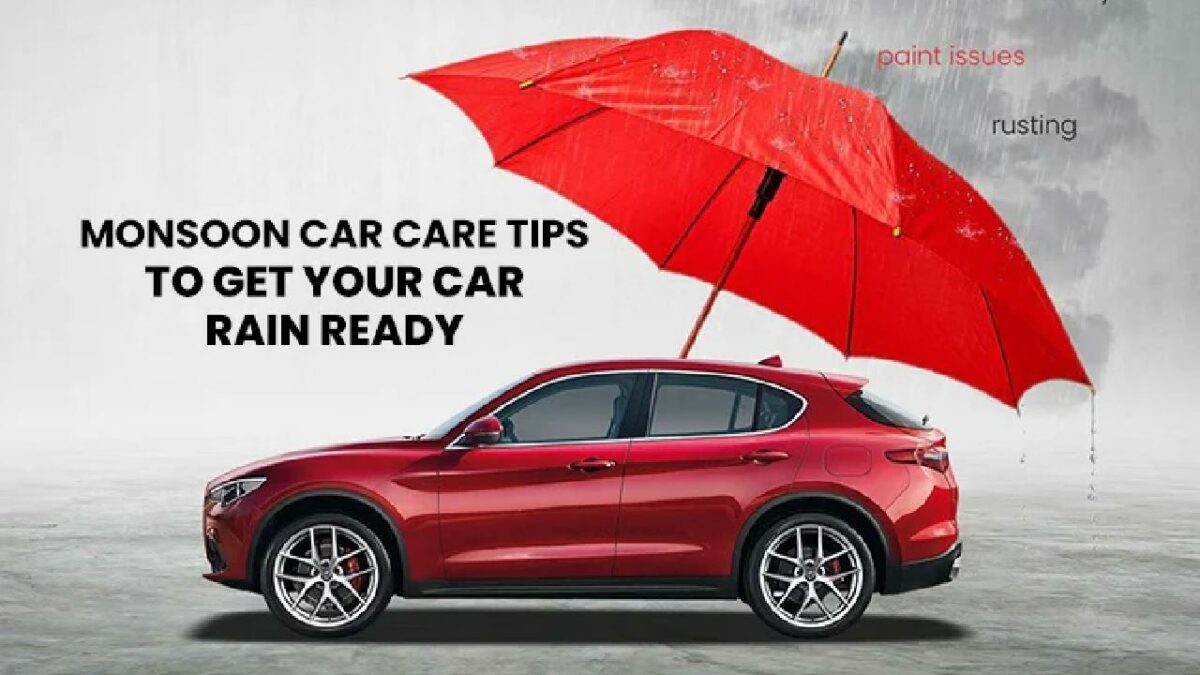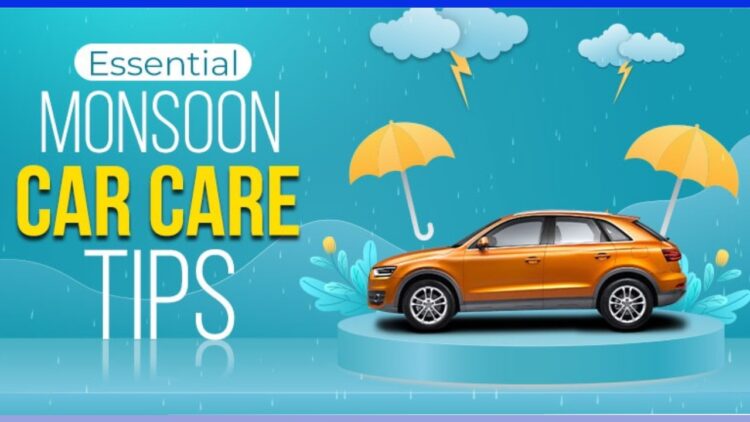As the monsoon season approaches, it becomes imperative to practice some useful tips to ensure that you don’t get stuck in water. Now, this is not to say that you can get into knee-deep waters and expect to come out but these tips will help you make prudent decisions to avoid getting into such situations, to begin with. Each year, we see violent monsoons in many parts of the country. Our infrastructure can’t always handle the situation once the water accumulation rises on the roads. Hence, we see heavy damage to life and property every time. In fact, cars even get swayed away by water in some parts of the country if drivers are not careful. Let us glance through some handy suggestions to hopefully keep yourself safe.
Handy Tips For This Monsoon Season
Drive Slowly
While this might seem a no-brainer to everyone, you would be surprised to know how many terrible situations arise when people don’t follow this basic rule. The speed limits are not meant for rainy conditions in most cases. Hence, you must drive extremely slowly since aquaplaning is a phenomenon which could make you lose traction. As a result, the driver can lose control and the vehicle can end up skidding off the surface. The results could be alarming. Another thing to keep in mind is that you won’t be able to know the depth of the road when the water is filled on the road. Hence, driving slowly is the only way to ensure no damage to the vehicle. As a thumb rule, if the level of water is higher than the centre of the tyre, you either need to avoid going into it or drive at a snail’s pace. However, make sure not to stop the vehicle mid-way unless extremely necessary.
Maintain Safe Distance
Yet another critical tip during the monsoon season is maintaining a safe distance from everyone around you, particularly with the car in the front. The rain makes it hard to see properly for everyone. In addition to that, there are sudden water splashes or foggy conditions which reduce the visibility significantly. Therefore, if someone were to stop suddenly in front of you, it is possible that you won’t be able to react quickly enough. That is the reason why we see many multi-car collisions. Drivers often see the road too late and are unable to avoid the collision. Therefore, maintaining a safe distance from the cars around you is a great practical decision to ensure safety.
Use Defogger
Most new vehicles offer the feature of front and rear defogger. This directs the flow of the air from the AC towards the windscreen to prevent moisture from covering the surface. For the external water, wipers are available. But if the glass is unclear from the inside, using the defogger is the best way to enhance visibility. These days, cars even come with rear wipers and defoggers. Hence, the visibility out of the rear windshield is also taken care of. Also, you must use this feature and not try to clean the window with a cloth. That often leaves behind stains which negatively impact the visibility.
Pre-Monsoon Service
It is not a bad idea to get a thorough service done on your car before entering the monsoon season. This service will offer regular checks of the major components of the vehicle. It includes tyres, wiper blades, appropriate functioning of AC, headlights, fog lamps, battery and wear and tear of the tyres, brake discs, etc. These are necessary to maximize your chances of keeping your car in the best shape to deal with the waters of this dreaded season. All these elements of your car must be working properly because if you get stuck in a horrific situation with some components of your car not working, things could turn ugly pretty quickly. Hence, a short trip to the service centre might not be a bad idea.

Don’t Use Hazard Lights
Yet another practice on this list of useful tips for this monsoon season is to NOT use hazard lights while driving. This is often a point of debate among car drivers. While people use hazard lights in rainy conditions, it is not a safe practice. To drive in rainy or foggy conditions, it is advisable to use headlights and fog lamps. In fact, fog lamps are designed specifically for such driving conditions. Hazard lights are there to let the other drivers know that you have parked your car on the side of the road. If you use hazard lights while the vehicle is still in motion, it sends a wrong signal to the other drivers. They would think that you are stationary. Hence, things could go wrong because of that. I hope all these useful tips will be immensely beneficial for you to navigate your way through the issues of the monsoon season.
You may also like: Top 5 Tips to Follow for Winter Car Care


